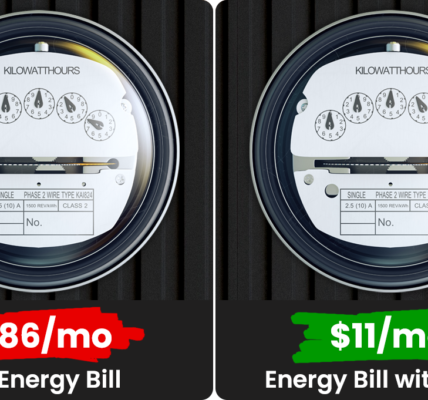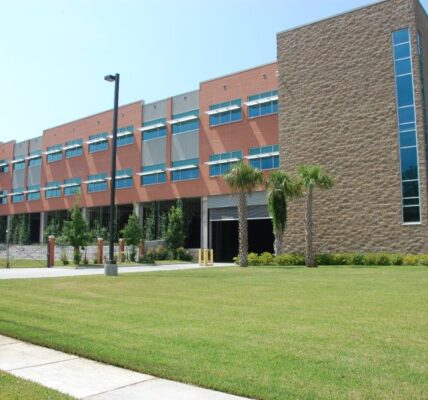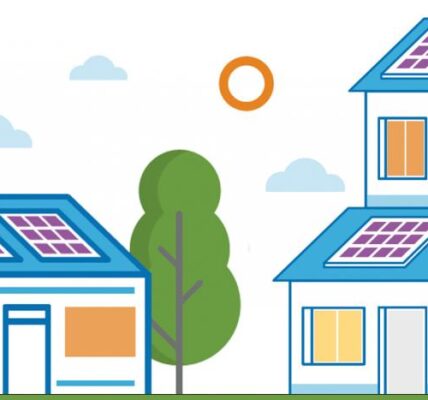Tackling High Costs and Long Delays for Clean Energy Interconnection
Proposed renewable generation and energy storage projects face lengthy delays and high costs to interconnect them to the transmission grid. Without reforms, interconnection is likely to remain a major obstacle to meeting clean energy deployment and decarbonization goals. The critical role that interconnection plays in enabling the clean energy transition is why the U.S. Department of Energy established the Interconnection Innovation Exchange (i2X) to identify and develop solutions that make interconnection fairer, faster, and simpler.
Recent reports released by the Lawrence Berkeley National Laboratory (LBNL) highlight how high interconnection costs—which refer to the costs associated with interconnecting an energy generator or storage project to the grid, including investments at the point of interconnection and any broader network upgrades needed to accommodate the addition of the new project’s capacity—are impacting deployment of renewables and storage in the United States’ two largest independent system operator (ISO) and regional transmission operator (RTO) territories. The two ISO/RTOs, PJM and the Midcontinent Independent System Operator (MISO
), operate wholesale power systems that serve a combined 110 million people across the eastern and midwestern United States. These two LBNL reports are part of a series that examine costs in five ISO/RTOs.
The reports show that transmission interconnection costs have doubled for both PJM and MISO in recent years. According to the reports, proposed renewable energy and energy storage projects in both ISO/RTOs’ interconnection queues face significantly greater interconnection costs than natural gas generators.
Clean Energy Goals Depend on Interconnection
Rising interconnection costs and long queue delays for renewables may impede clean energy goals set at the federal and state level. The Biden administration has a goal of a carbon-free electric grid by 2035, which will require a large deployment of new renewable energy generation and storage capacity. 31 states and Washington, DC have currently also adopted renewable portfolio standard
(RPS) policies, which set binding targets that require that a portion of electricity generation in each state come from renewable or “clean” sources.
Several states
served by PJM or MISO have ambitious clean energy goals, with four states in MISO territory (Minnesota, Illinois, Wisconsin, and Michigan) and three in PJM (Maryland, Virginia, and New Jersey) aiming to achieve 100% zero-carbon or net-zero electricity by 2050 or earlier.
Costs Rising as Capacity Waits in Interconnection Queues
While in interconnection queues, proposed generator facilities are studied for their impacts on the transmission grid. In PJM territory, average costs for projects that completed studies between 2020 and 2022 had doubled compared to similar projects between 2017 and 2019. MISO also had a doubling of costs for projects completed between 2019 and 2021 compared to projects from before 2019. These numbers have increased even more for projects that remain in the queue, with MISO seeing costs triple and PJM an extraordinary 800% cost increase for active applications in just the last two years.
In both territories, these large cost increases correspond with a dramatic increase in the number of projects proposed for interconnection. The addition of so much new capacity is straining the transmission system, driving up network upgrade costs while also increasing delays for projects waiting in the queue.
For PJM, the nation’s largest RTO, the total capacity of projects waiting in its interconnection queue nearly quadrupled between 2017 and 2021, to a total of 288 gigawatts (GW)—with approximately another 40 GW added in 2022. Similarly, the capacity in MISO’s interconnection queue nearly tripled between 2017 and 2021. In both queues, the overwhelming majority of applications during those time periods—93% for PJM, and 96% for MISO—were for renewable energy or energy storage projects.





